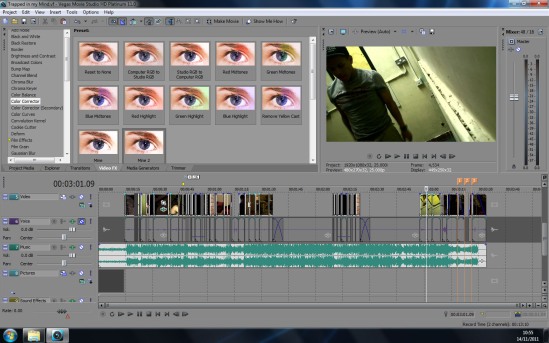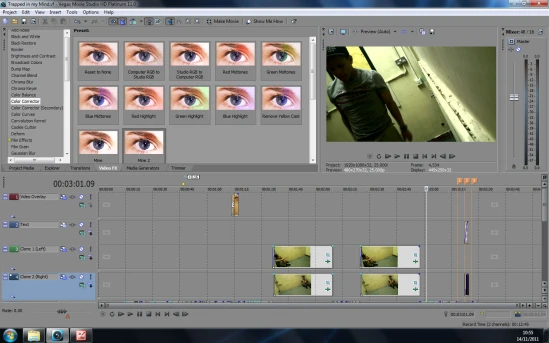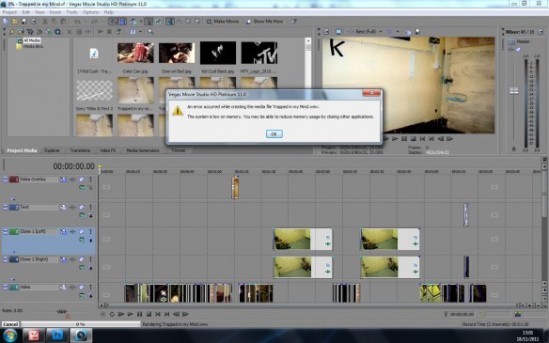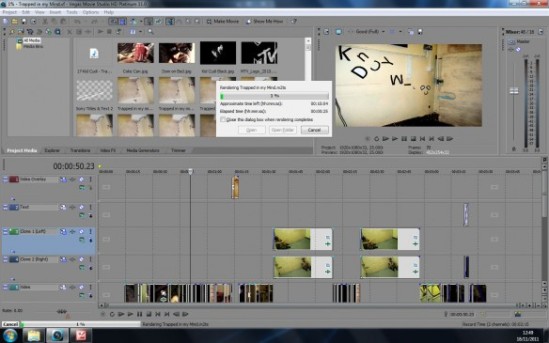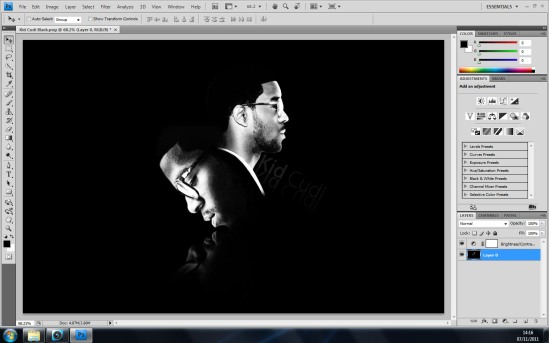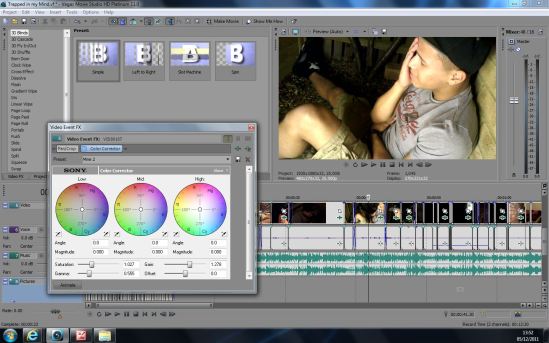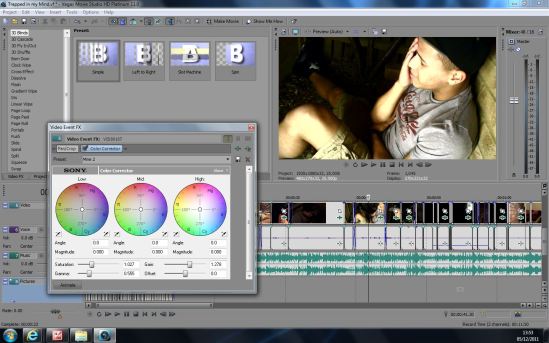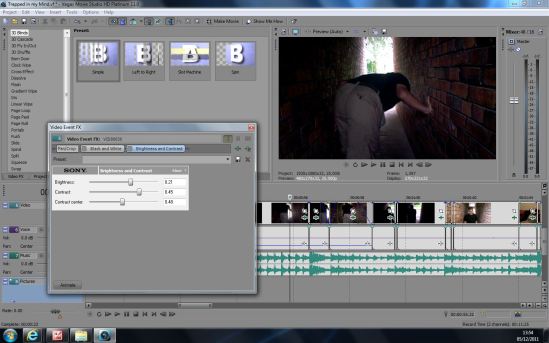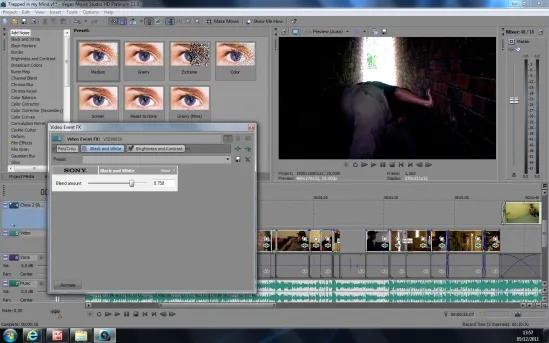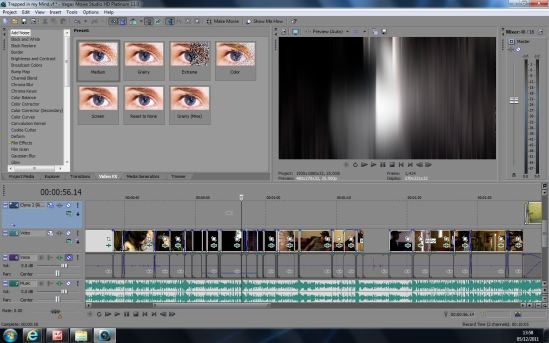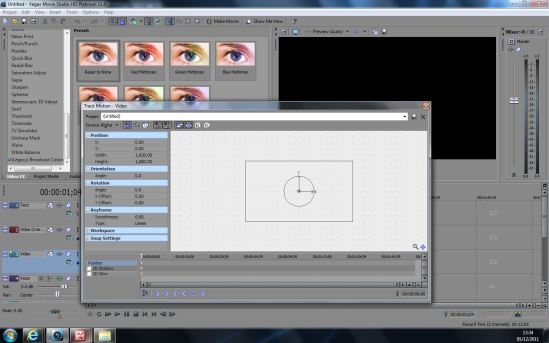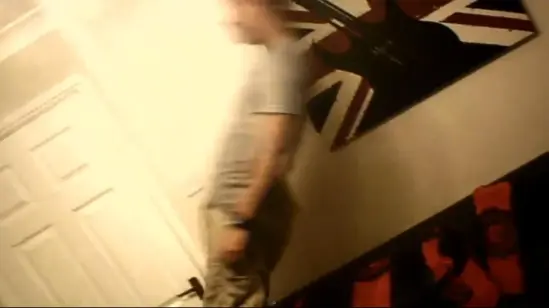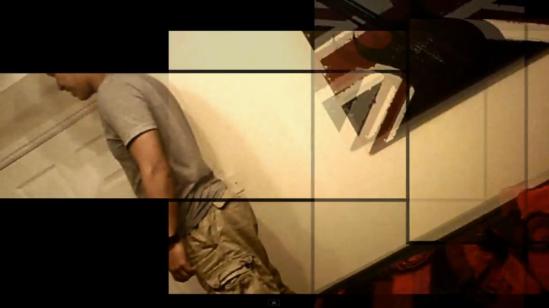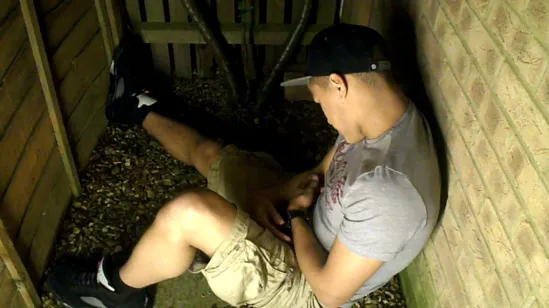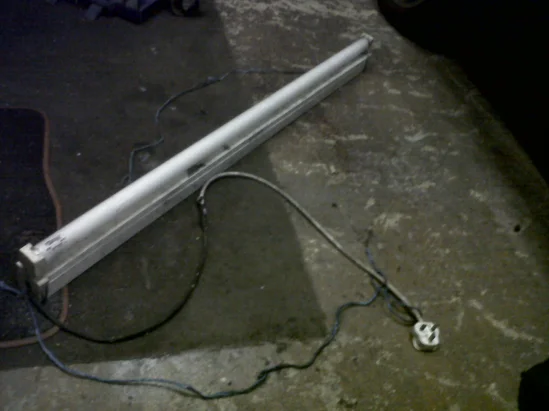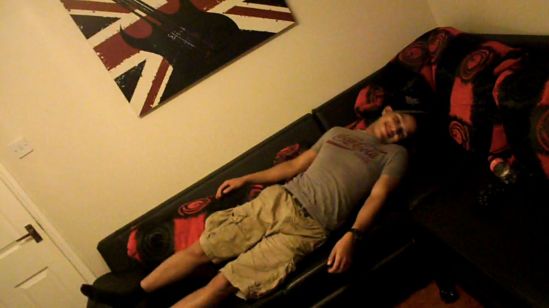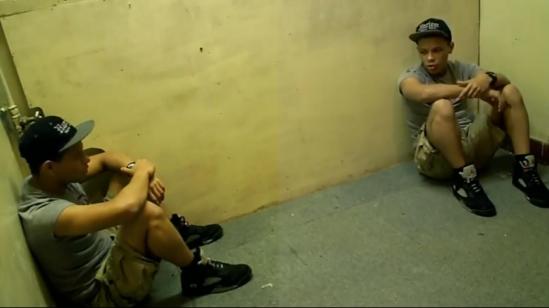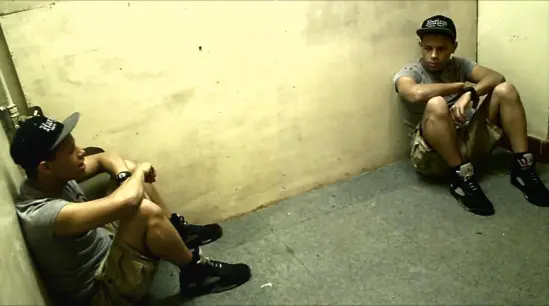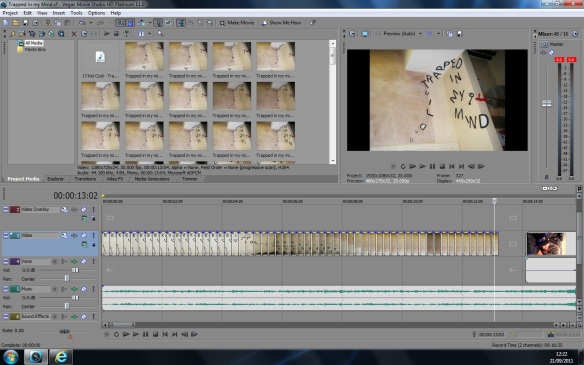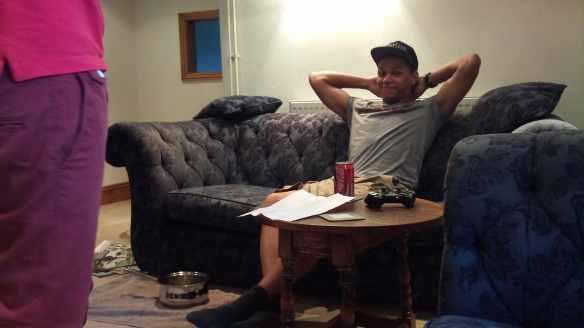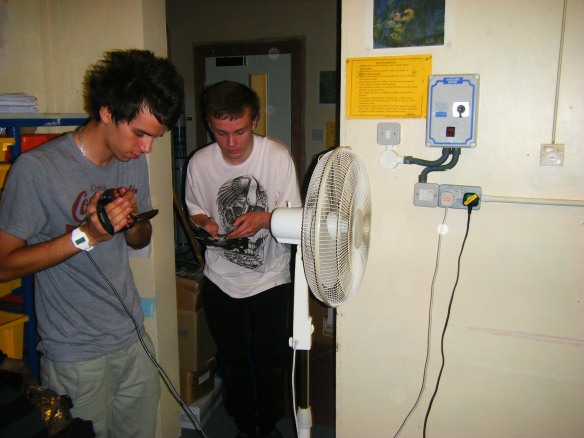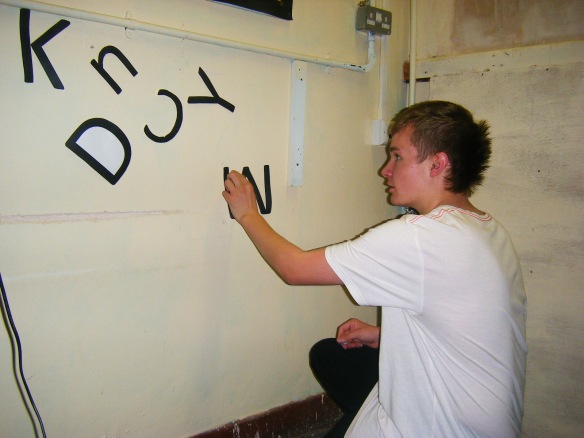Once we had finished all the filming, editing and all the shots were placed together which satisied us and the audience we edited them furthur with full colour grading and synchronisation in the last final stages. One we were fully happy with our work the final thing do is is to render the whole music video onto one file format.
Below is a print screen of the final product. It clearly shows all the editing has been put in place and you can see how we have used a wide range of layering to achieve the complex techniques by overlaying some of the shots together for a smooth finish.
Problems and restrictions with rendering
Whilst we started to render our media product we have problems with the computers. The computers we user weren’t powerful enough to allow us to render the video in the highest setting/HD. Therefore we hade to set the computer in safemode to only utilise one programme at once. This worked as it just gave us enough processing power to render it but not in HD but the second highest setting. However before we put it onto safe mode, we made sure we tested the rendering on several differnt computers and tested different file types. unfortunately they all failed at an extremely low percentage. This was when we knew we needed to take furthur action.
Below is a screen shot of what it says when the computer is rendering our music video along with the full rendering process.
Rendering Music Video on Safe mode.
Overall I think the rendering process was successful as we had managed to process our music video is a good enough quality that still produced a clear image. If we were to re-do this process the other option to take into consideration, was to simplify our editing techniques. However to me this wasn’t an option to me as I personally feel that our editing techniques and transistions are what makes our music video more surreal and interesting. If we had to take these factors away from our product it would have been very dissapointing. Therefore I feel extremely luckly that we were allowed to render our media product on safe mode.

